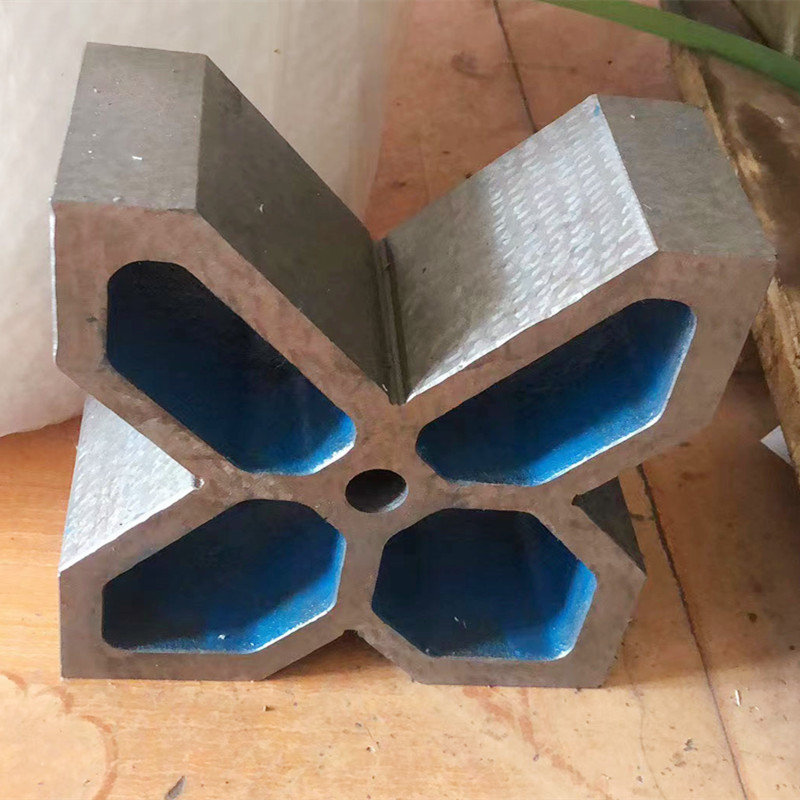Nov . 10, 2024 22:01 Back to list
Types of Non-Return Valves and Their Applications in Fluid Systems
Understanding Non-Return Valve Types
Non-return valves, also known as check valves, are essential components in various fluid systems. Their primary function is to allow fluid flow in one direction while preventing backflow. This characteristic is critical for maintaining system integrity, enhancing efficiency, and preventing damage to equipment. There are several types of non-return valves, each designed to suit specific applications and fluid dynamics. In this article, we’ll explore the common types of non-return valves, their mechanisms, and their typical uses.
1. Swing Check Valves
Swing check valves are among the most common types of non-return valves. They consist of a hinged disc that swings open with forward flow and closes against the seat when flow reverses. This design is simple yet effective, making swing check valves suitable for various applications, including water supply systems, HVAC systems, and wastewater management. However, they are best used in horizontal pipelines, as vertical installations may cause operational issues.
2. Lift Check Valves
Lift check valves operate differently from swing check valves. Instead of a disc, they feature a movable disc that lifts off its seat when fluid flows in the forward direction. The weight of the disc and the reverse flow of fluid push it back down to its seat, preventing backflow. Lift check valves are used in applications with high fluid velocities and where rapid flow changes are common. They are preferred in pipelines where space restrictions exist, as they can be installed vertically or horizontally.
Ball check valves utilize a spherical ball that sits in a seat to prevent backflow. When fluid flows in the forward direction, the ball is lifted off its seat, allowing flow. If backflow occurs, the ball returns to the seat, sealing the valve. This type of valve is particularly effective in low-pressure applications and is often used in sump pump systems, irrigation systems, and some industrial applications. Ball check valves are known for their reliability and ease of maintenance.
non return valve types

4. Diaphragm Check Valves
Diaphragm check valves use a flexible diaphragm that moves up and down based on fluid pressure. When flow occurs, the diaphragm is pushed up, allowing fluid to pass through. Conversely, reverse flow pushes the diaphragm down, creating a seal. These valves are excellent for systems dealing with contaminated or particulated fluids, as the diaphragm can create a tight seal and reduce the risk of leakage. They are commonly used in chemical processing and pharmaceutical applications.
5. Spring-Loaded Check Valves
Spring-loaded check valves utilize a spring mechanism to assist in sealing the valve. The spring applies pressure on the disc or ball, keeping it in place until enough forward pressure opens the valve. This design allows for more precise control over valve operation and can minimize water hammer effects. Spring-loaded check valves are suitable for high-pressure systems and can be found in oil and gas piping, marine applications, and various industrial processes.
6. Noise and Vibration Considerations
One important aspect of non-return valves is their impact on system noise and vibration. Some designs, particularly swing and lift check valves, can create slamming noises when closing, potentially leading to excess wear or damage. To mitigate this, engineers often incorporate dampening features or opt for softer closing mechanisms, such as those found in spring-loaded check valves.
Conclusion
Non-return valves play a critical role in fluid management, ensuring that systems operate efficiently without backflow issues. Understanding the different types of non-return valves—swing, lift, ball, diaphragm, and spring-loaded—is essential for engineers and designers when selecting the appropriate valve for a specific application. By choosing the right valve type, users can enhance system reliability, reduce maintenance costs, and improve overall performance. Recognizing the unique features and best usages of each type will ultimately lead to better fluid system design and operation.
-
Y Type Strainer Maintains System Efficiency Long TermNewsJul.15,2025
-
Valve Selection Guide for Industrial ApplicationsNewsJul.15,2025
-
Steel Fab Table Provides Durable Work Surface for WeldingNewsJul.15,2025
-
Pad Iron Provides Stable Support for Heavy MachineryNewsJul.15,2025
-
One Inch Check Valve Fits Standard Plumbing SystemsNewsJul.15,2025
-
Measuring Micrometer Ensures Precise Dimensional AccuracyNewsJul.15,2025
Related PRODUCTS









